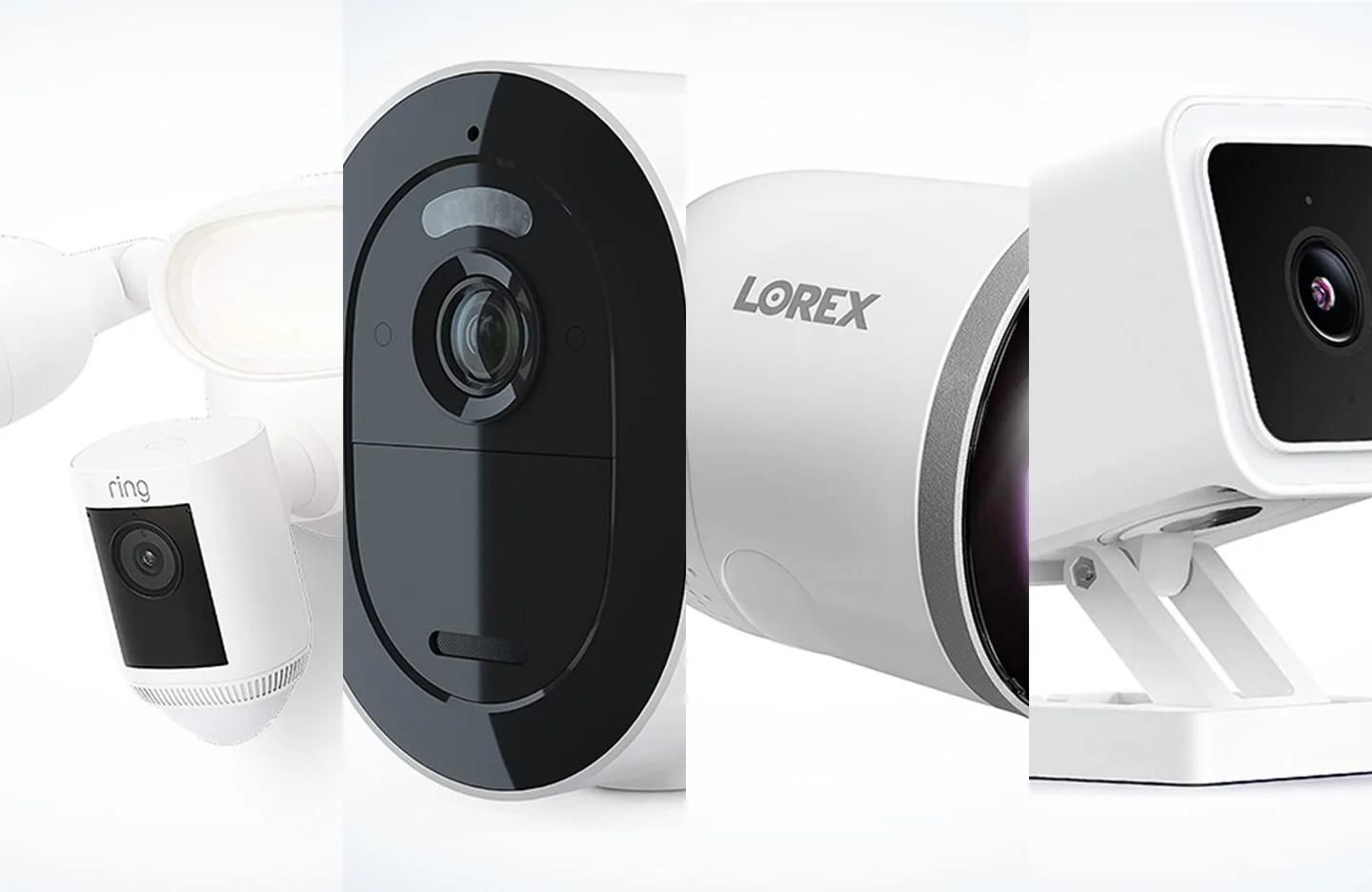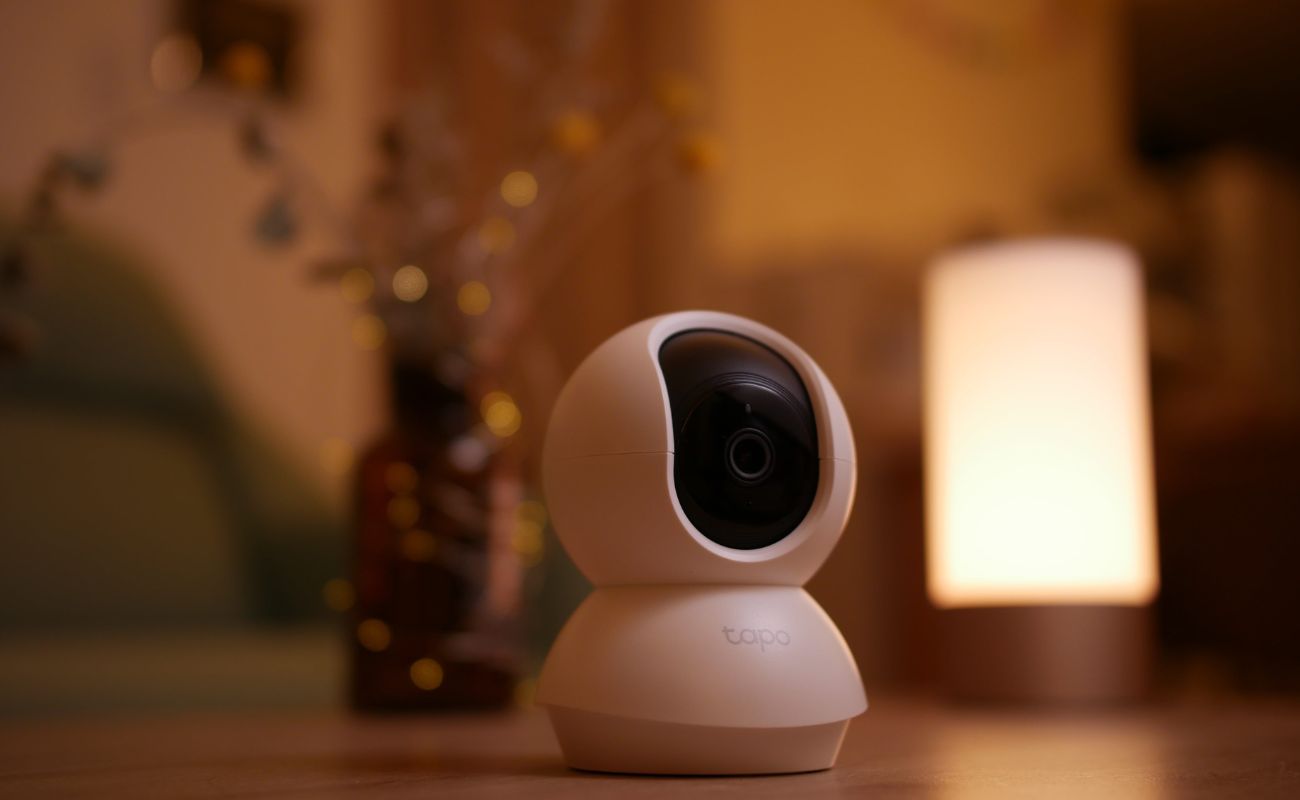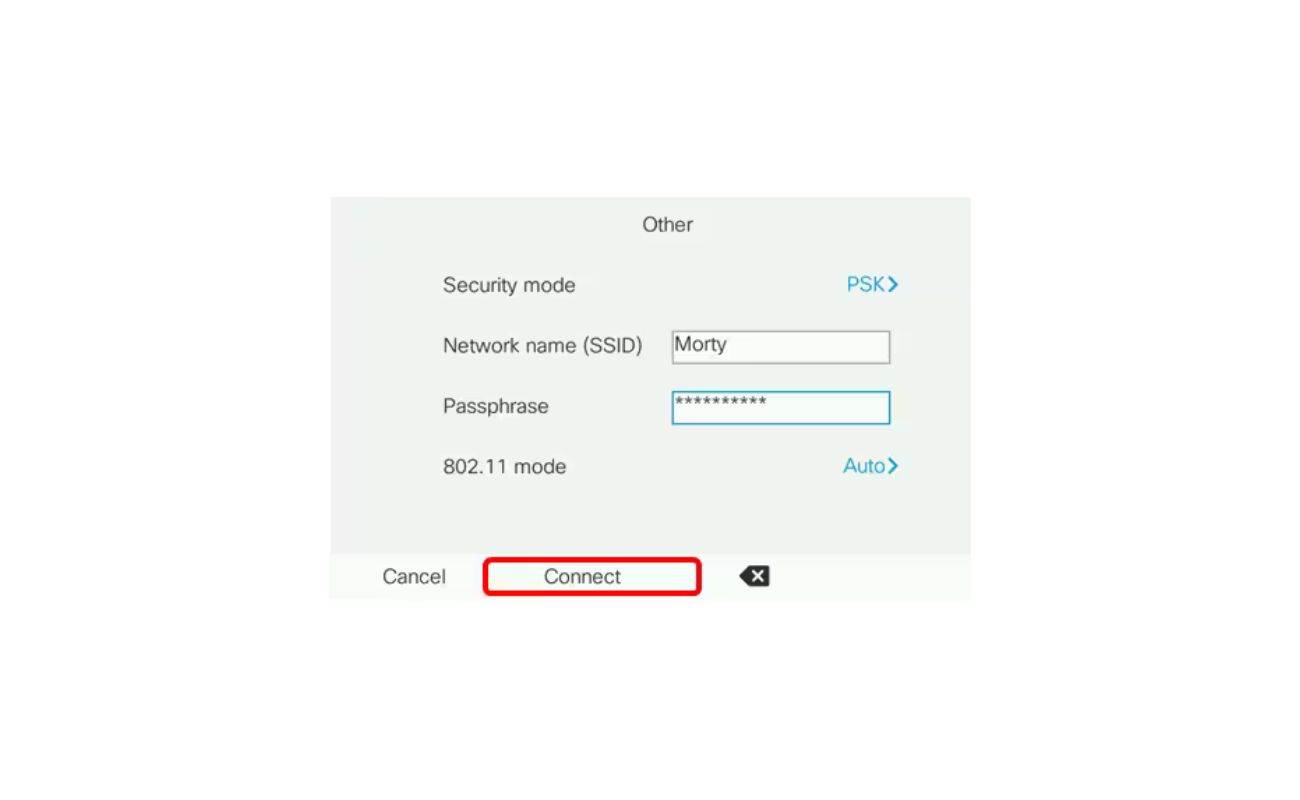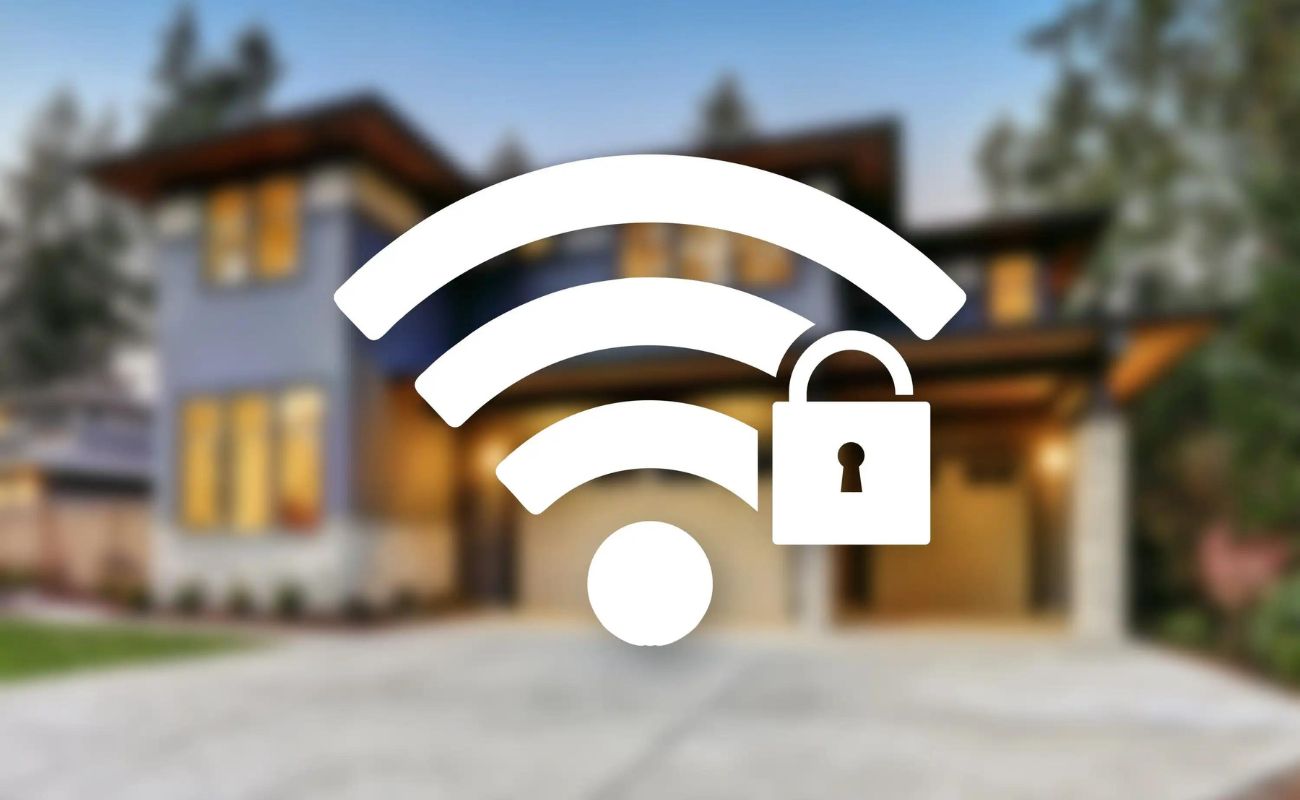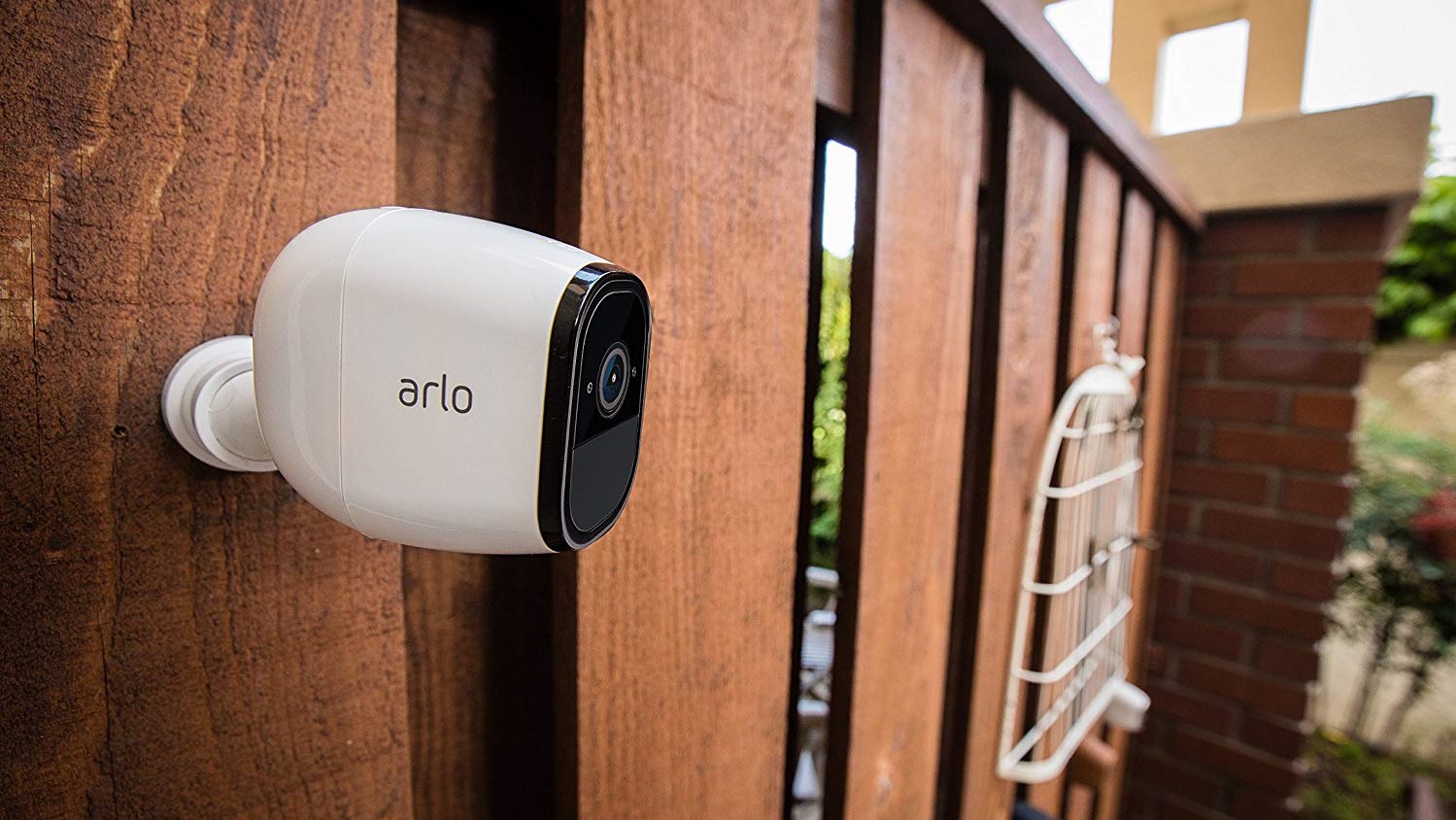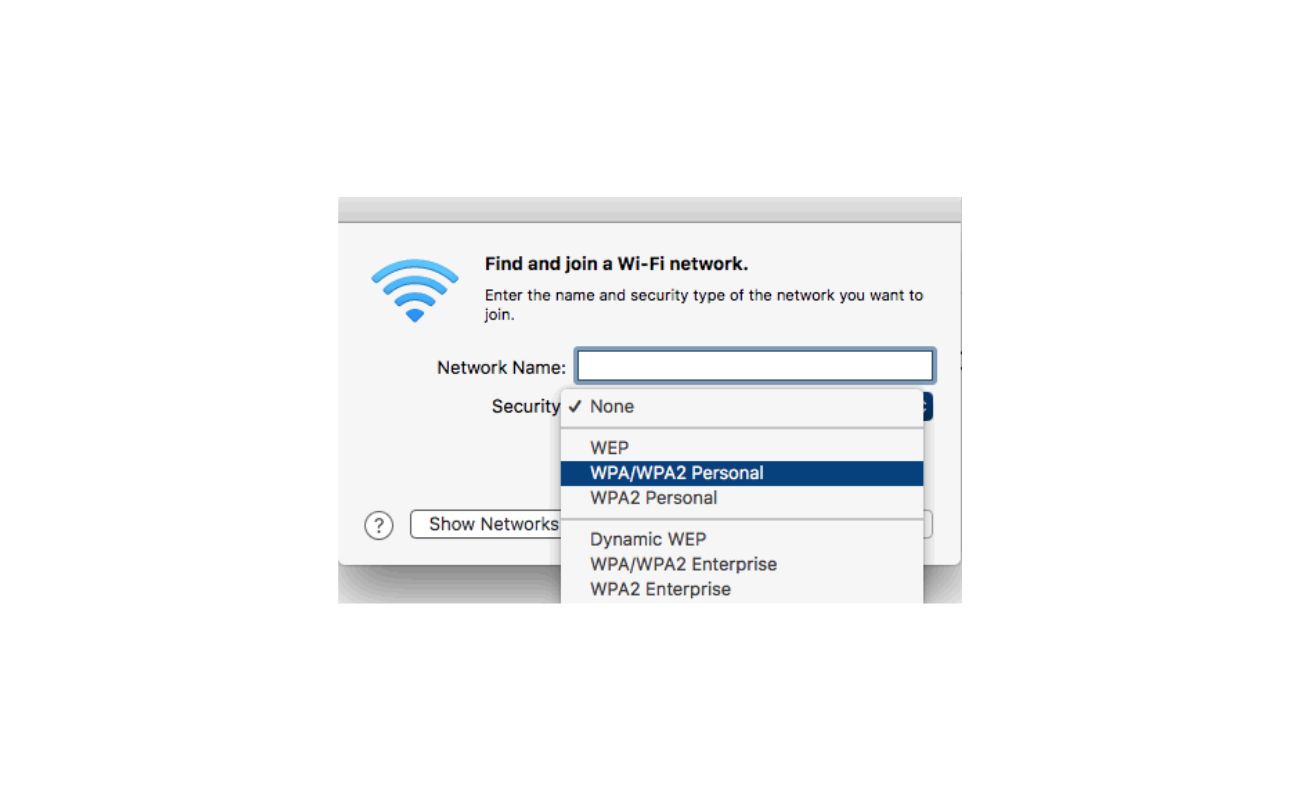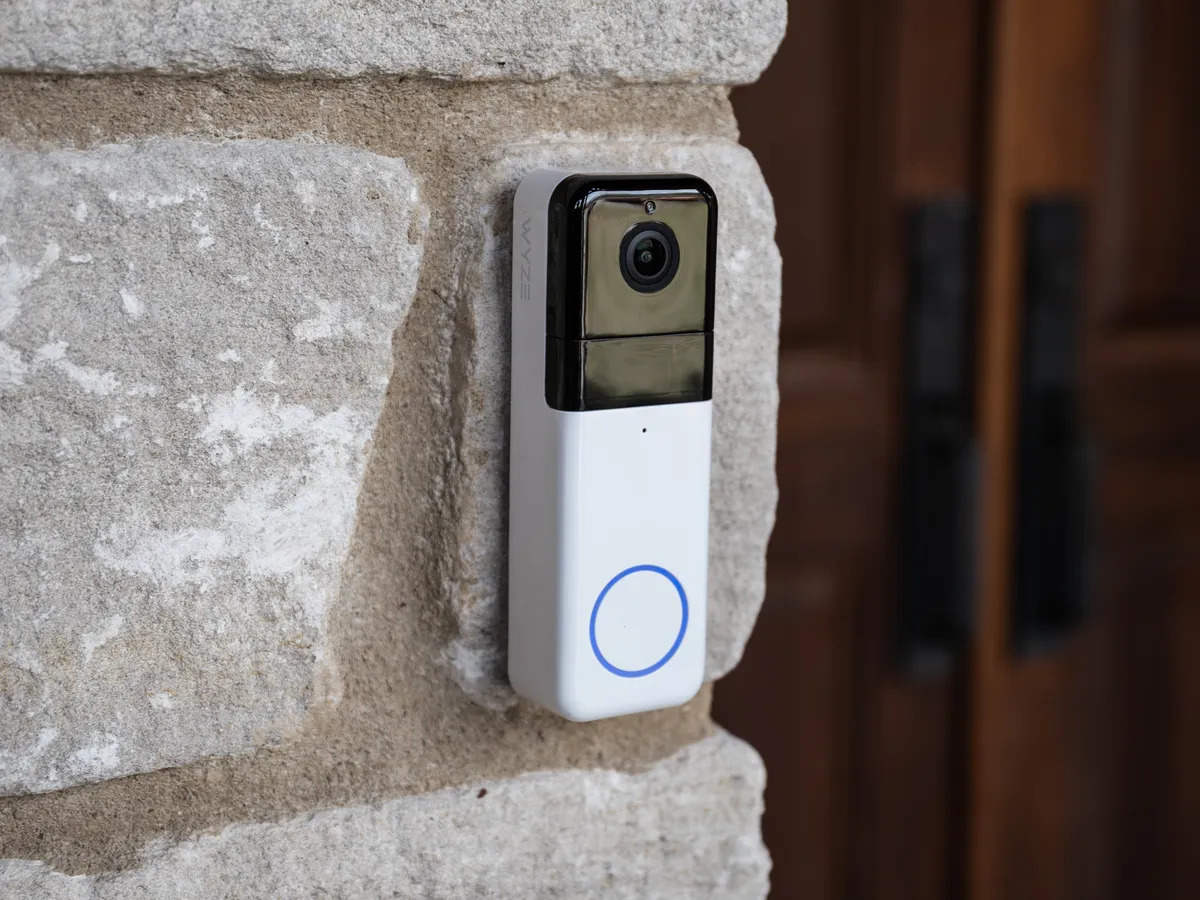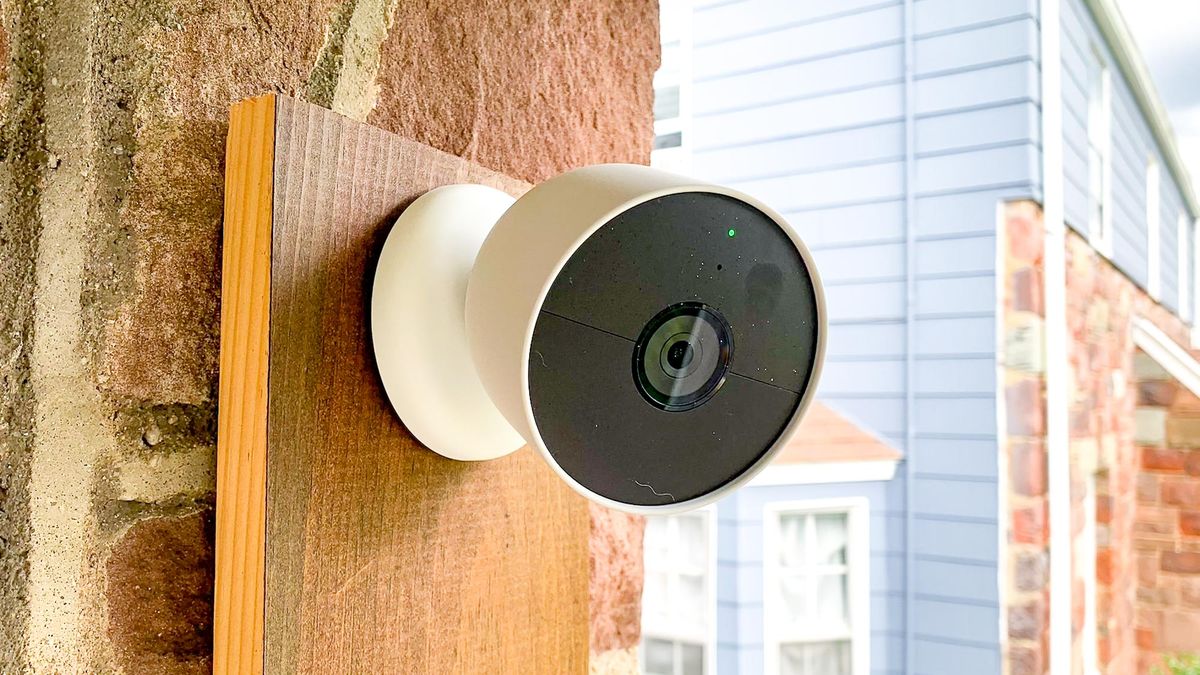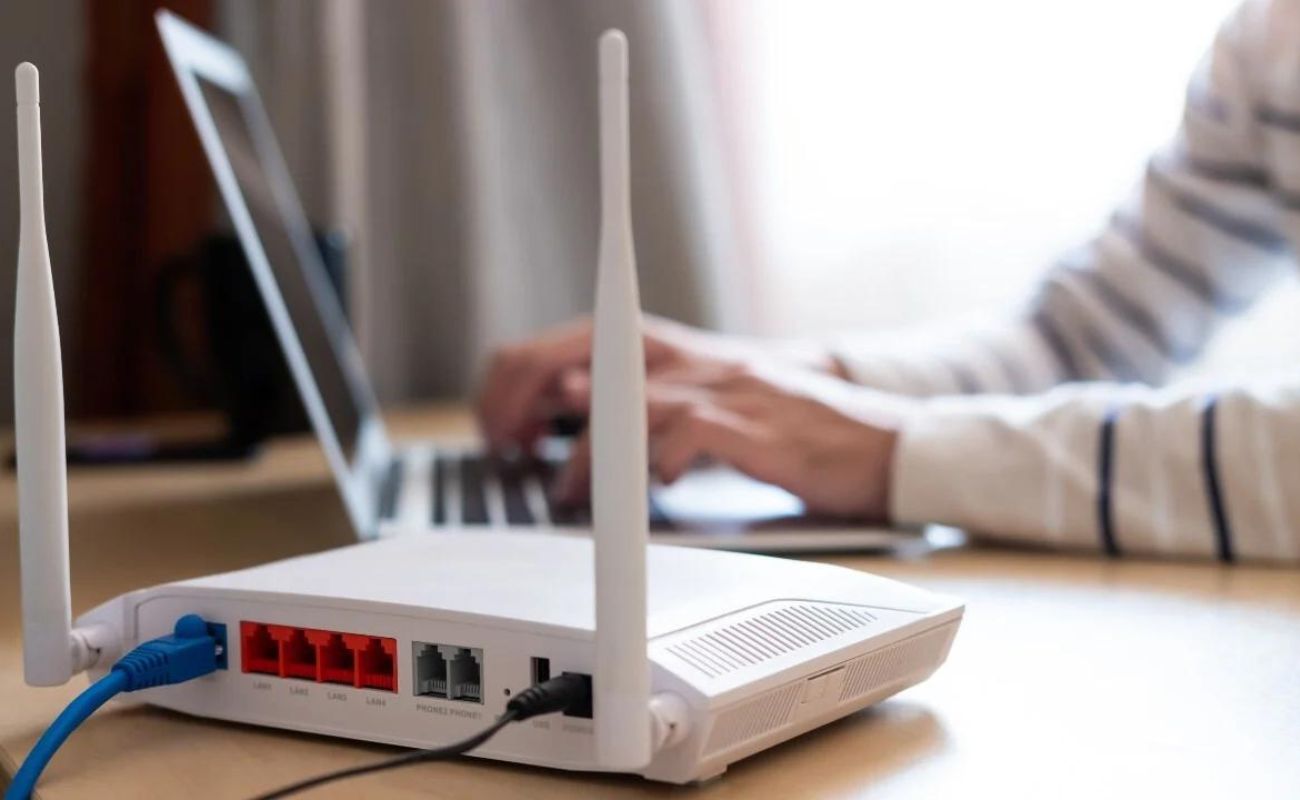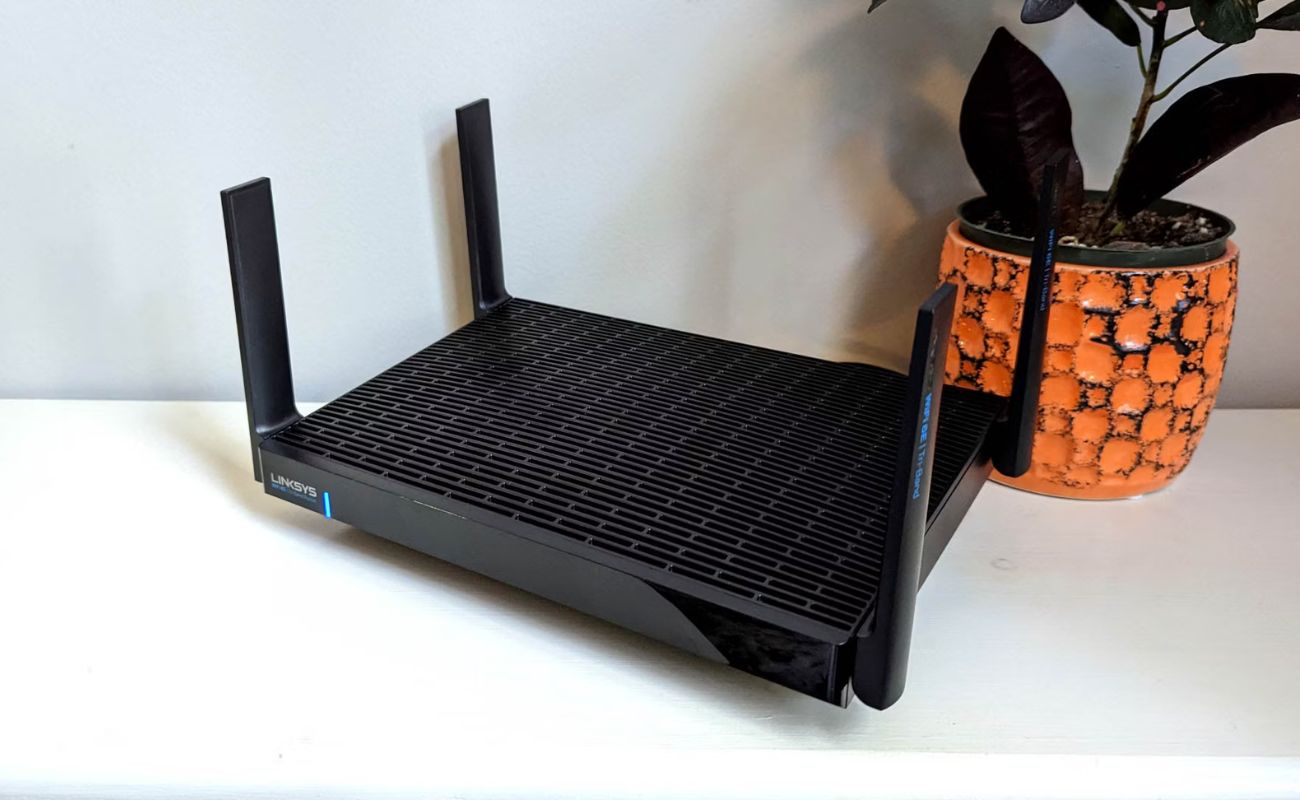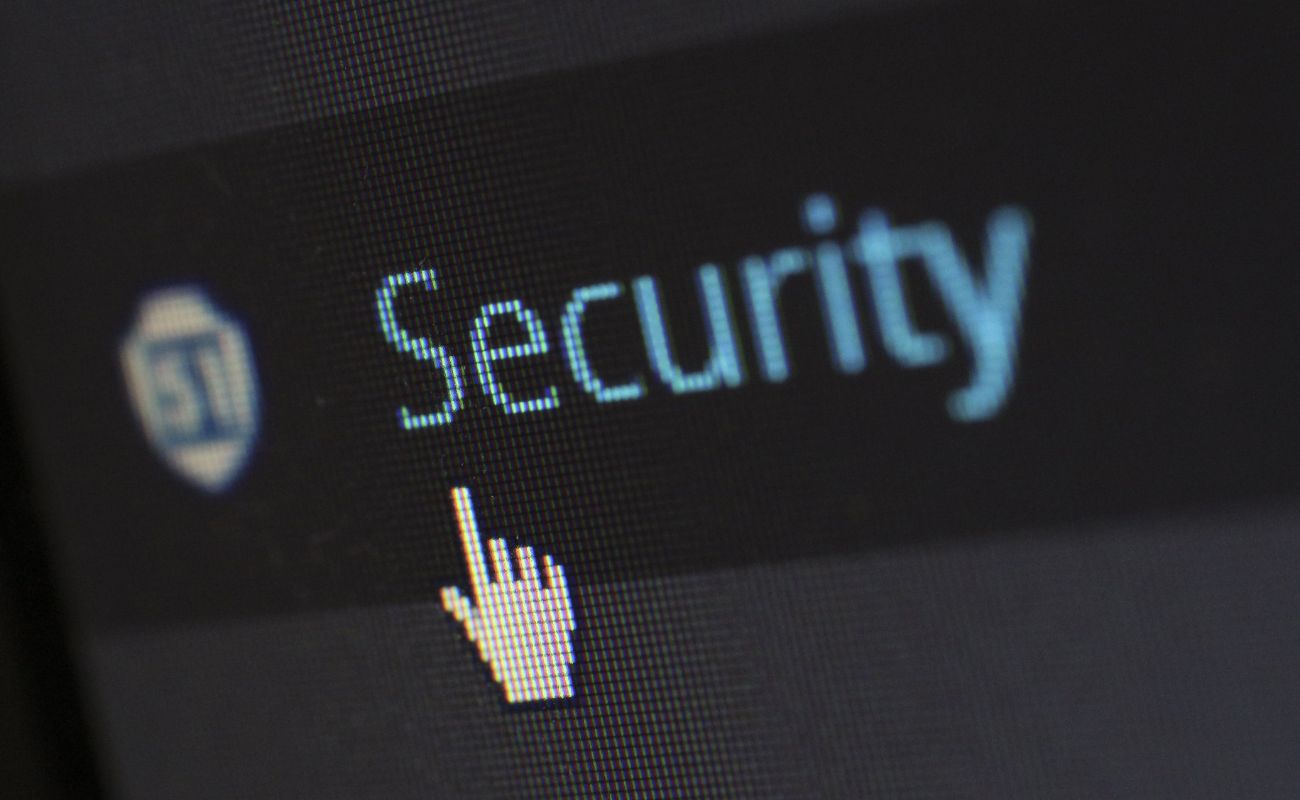Home>Home Security and Surveillance>What Is A Wireless Security Best Practice?


Home Security and Surveillance
What Is A Wireless Security Best Practice?
Modified: March 6, 2024
Enhance your home security and surveillance with wireless security best practices. Find out how to protect your home from intruders and ensure peace of mind.
(Many of the links in this article redirect to a specific reviewed product. Your purchase of these products through affiliate links helps to generate commission for Storables.com, at no extra cost. Learn more)
Introduction
Wireless security is an essential aspect of home security and surveillance systems. With the increasing dependency on wireless technology, it is crucial to understand and implement best practices to protect our networks and data from potential threats. In this article, we will explore what wireless security entails and delve into various best practices that can help ensure a secure and protected wireless environment.
Wireless security refers to the measures taken to safeguard wireless networks and devices from unauthorized access, data breaches, and other security risks. As wireless technology becomes more prevalent in homes, it offers convenience and flexibility but also introduces vulnerabilities that can be exploited by malicious individuals.
Ensuring wireless security is crucial for several reasons. First and foremost, it protects our personal and sensitive information from being intercepted or stolen. Wireless networks are prone to eavesdropping, where attackers can capture data packets transmitted over the network. This can include sensitive information such as passwords, financial details, or personal conversations.
Moreover, securing our wireless networks is essential to prevent unauthorized access to our devices and systems. Hackers may attempt to gain access to our networks to exploit vulnerabilities, introduce malware, or launch other malicious activities.
There are several types of wireless security threats that we need to be aware of. One common threat is unauthorized access, where individuals gain access to a wireless network without permission. This can lead to unauthorized use of network resources, compromised data, and potential legal consequences for the network owner.
Another threat is network spoofing, where attackers create a fake wireless network that mimics a legitimate one. Users unknowingly connect to the spoofed network, allowing attackers to intercept and manipulate their network traffic.
Additionally, attacks like denial of service (DoS) and distributed denial of service (DDoS) can disrupt wireless networks by overwhelming them with excessive traffic, rendering them inaccessible to legitimate users.
Now that we understand the importance of wireless security and the potential threats we may face, let’s explore some best practices that can help enhance the security of our wireless networks.
Key Takeaways:
- Protect Your Wireless Network
Regularly update firmware, change default credentials, enable encryption, and use strong passwords to safeguard your wireless network from unauthorized access and potential breaches. Educate users and conduct security audits for added protection. - Secure Your Guest Network
Set up a separate guest network, isolate guest users, limit access, and implement time-based and password-based restrictions to ensure the security and privacy of your main network while providing internet access for visitors.
Read more: What Type Of Wireless Security Is Best
Understanding Wireless Security
Wireless security refers to the measures and protocols implemented to protect wireless networks and devices from unauthorized access, data breaches, and other security threats. As more and more devices rely on wireless connectivity, ensuring the security of our networks has become a critical aspect of home security and surveillance systems.
The importance of wireless security cannot be overstated. With the exponential growth of wireless technology, our homes are becoming increasingly interconnected. From smart home devices to Wi-Fi-enabled security cameras, our networks are vulnerable to potential attacks if not properly secured.
One of the key aspects of wireless security is protecting our personal and sensitive information. When we use wireless networks to transmit data, whether it’s browsing the internet, accessing online accounts, or even making online purchases, there is a risk of this data being intercepted by unauthorized individuals.
Imagine a scenario where your wireless network is compromised, and an attacker gains access to your personal information. This can result in identity theft, financial loss, or even the invasion of your privacy. Therefore, securing your wireless network is crucial to protect your personal and sensitive data.
There are various types of wireless security threats that can pose a risk to our networks:
- Unauthorized Access: One of the most common threats is unauthorized access to wireless networks. Attackers may attempt to gain access to your network without permission, either by cracking the wireless encryption or by exploiting vulnerabilities in your router or devices. Once inside, they can eavesdrop on your network traffic, access sensitive information, and potentially control your devices.
- Network Spoofing: Network spoofing involves creating a fake wireless network that appears to be legitimate. These networks are designed to trick users into connecting to them, unknowingly exposing their data to the attacker. This can be done by using names similar to popular network SSIDs or by employing advanced techniques to manipulate network beacons.
- Denial of Service (DoS) Attacks: A DoS attack aims to deny legitimate users access to the wireless network by flooding it with excessive traffic. This can overload the network infrastructure, causing it to become unresponsive to genuine connection requests. Similarly, distributed denial of service (DDoS) attacks involve multiple sources flooding the network simultaneously, making it even more challenging to mitigate the attack and restore normal network functionality.
- Man-in-the-Middle (MitM) Attacks: In a MitM attack, an attacker intercepts and relays communications between two parties without their knowledge. This type of attack enables the attacker to eavesdrop on sensitive information, modify or manipulate data, and even inject malicious content into the network traffic. Wireless networks are particularly vulnerable to MitM attacks due to the nature of their transmission over the airwaves.
- Wireless Jamming: Wireless jamming involves intentionally disrupting wireless signals to prevent legitimate users from connecting to the network. Attackers can use various techniques, such as broadcasting interference signals on the same frequency as the wireless network or overwhelming the network with radio frequency noise, rendering it unusable.
Understanding these wireless security threats is essential to comprehend the potential risks and take appropriate measures to mitigate them. By implementing effective wireless security practices, we can safeguard our networks, devices, and personal information from unauthorized access and potential breaches.
Wireless Security Best Practices
To ensure a secure and protected wireless environment, it is essential to implement best practices that can mitigate the risks associated with wireless security threats. By following these practices, you can enhance the security of your wireless network and protect your devices and data. Let’s explore some key wireless security best practices:
- Updating firmware and software regularly: Regularly updating the firmware of your wireless router and the software of your connected devices is crucial. Manufacturers often release updates that address vulnerabilities and improve the overall security of their products. By keeping your firmware and software up to date, you can mitigate the risk of exploitation by attackers.
- Changing default credentials: One common mistake that many people make is not changing the default login credentials of their wireless router. Attackers often know the default username and password combinations used by various manufacturers, making it easy for them to gain unauthorized access. Therefore, it is essential to change the default credentials to unique, strong passwords to prevent unauthorized access.
- Enabling encryption protocols: Wireless encryption protocols, such as WPA2 (Wi-Fi Protected Access 2) or WPA3, are crucial for securing your wireless network. These protocols encrypt the data transmitted between your devices and the router, making it difficult for attackers to intercept and decipher the information. Always choose the strongest encryption protocol supported by your devices and enable it on your network.
- Implementing strong passwords: Weak passwords are a major security vulnerability. Ensure that your wireless network password is strong, consisting of a combination of uppercase and lowercase letters, numbers, and special characters. Avoid using easily guessable passwords like birthdays, names, or simple sequences. The stronger your password, the harder it will be for intruders to crack.
- Using a firewall: A firewall acts as a barrier between your network and the outside world, monitoring and controlling incoming and outgoing network traffic. Enable the firewall feature on your wireless router to filter out potential threats and unauthorized access attempts. Additionally, consider using host-based firewalls on individual devices for an added layer of protection.
- Disabling unused features: Wireless routers often come with a range of features, some of which may not be necessary for your specific needs. Disable any unused features, such as remote management, UPnP (Universal Plug and Play), or guest networks, to reduce potential attack surfaces and limit the avenues for exploitation.
- Conducting regular security audits: Regularly assess the security of your wireless network by conducting security audits. This involves checking for any vulnerabilities, ensuring that all devices are up to date, and reviewing the security settings of your router. By performing regular audits, you can identify and address any potential weaknesses before they are exploited.
- Educating users about wireless security: Educating all users of your wireless network about the importance of wireless security is vital. Teach them about best practices like strong passwords, recognizing phishing attempts, and the risks associated with connecting to unfamiliar or public networks. Informed users are less likely to inadvertently compromise the security of the network through their actions.
- Monitoring and logging network activity: Implement network monitoring and logging tools to keep track of network activity. Monitoring allows you to detect suspicious behavior, such as unauthorized devices connecting to your network or unusual data transfer patterns. Logging network activity can help you identify potential security incidents and provide crucial information for forensic investigations, if necessary.
By implementing these wireless security best practices, you can greatly enhance the security of your wireless network and protect your devices, data, and privacy. Remember, wireless security is an ongoing effort, so it is important to regularly review and update your security measures to stay one step ahead of potential threats.
Secure Network Configuration
Securing your wireless network goes beyond just implementing best practices. It also involves configuring your network settings in a way that maximizes security. By following these secure network configuration best practices, you can further enhance the protection of your wireless network:
- Securing wireless routers: The first step in securing your network is to ensure that your wireless router is properly secured. Change the default login credentials, disable remote administration, and disable any unnecessary services or protocols that may introduce potential vulnerabilities.
- Configuring SSIDs: Service Set Identifiers (SSIDs) are the names of your wireless networks. Avoid using default or easily recognizable SSIDs, as they can make it easier for attackers to identify your network. Choose unique and obscure names for your SSIDs, and consider disabling the broadcasting of the SSID to add an extra layer of security.
- Disabling remote access: Remote access to your wireless router’s administration interface should be disabled unless absolutely necessary. Remote access opens up another potential point of entry for attackers. If remote access is required, ensure that it is secured using a strong password and encrypted connection.
- Enabling MAC filtering: Media Access Control (MAC) filtering allows you to control which devices can connect to your wireless network based on their unique MAC addresses. By enabling MAC filtering, you can specify the devices that are allowed to access your network and prevent unauthorized devices from connecting.
- Disabling WPS (Wi-Fi Protected Setup): WPS is a convenience feature that allows devices to connect to your network easily using a PIN or a push-button. However, it has known security vulnerabilities that can be exploited by attackers. It is recommended to disable WPS on your wireless router to eliminate this potential security risk.
- Adjusting signal strength: Adjusting the signal strength of your wireless network can help minimize unauthorized connections from outside your premises. Slightly reducing the signal range can ensure that your network is only accessible within your intended coverage area and reduce the risk of unauthorized users attempting to connect.
By following these secure network configuration practices, you can further fortify the security of your wireless network. Remember that these settings and configurations may vary depending on your specific router model and firmware. Consult your router’s documentation or the manufacturer’s website for detailed instructions on configuring these security features.
Implementing these configurations alongside the wireless security best practices mentioned earlier will provide you with a robust and secure wireless network, protecting your devices, data, and privacy from potential threats.
Regularly update your wireless network’s firmware to ensure that it has the latest security patches and features. This will help protect your network from potential vulnerabilities and keep it secure.
Guest Network Best Practices
Setting up a separate guest network is a crucial aspect of wireless security. By providing a segregated network for your guests, you can protect your main network and ensure the privacy and security of your personal devices and data. Here are some best practices to follow when it comes to guest networks:
- Setting up a separate guest network: Most modern routers allow you to create multiple wireless networks. It’s recommended to set up a separate network specifically for guest use. This network will be isolated from your main network and will provide visitors with internet access without compromising the security of your personal devices.
- Isolating guest users from the main network: It’s important to ensure that guest users are isolated from your main network. This prevents them from accessing shared files, printers, and other devices that are connected to your main network. Guest isolation prevents potential security breaches and unauthorized access to your private resources.
- Limiting guest network access: You can further enhance the security and privacy of your guest network by implementing access restrictions. For example, you can limit the bandwidth available to guest users to prevent them from affecting the performance of your main network. You can also restrict access to specific websites or services to ensure that guest users are not engaging in activities that may compromise security.
- Time-based and password-based restrictions: To maintain control over your guest network, consider implementing time-based restrictions. This allows you to specify the hours or duration during which the guest network is accessible. For example, you can disable the guest network during the night or when you’re away from home. Additionally, using password-based restrictions ensures that only authorized guests with the correct password can connect to your guest network.
By following these guest network best practices, you can enhance the security and privacy of your main network while still allowing your guests to access the internet. Remember to regularly review and update the password for your guest network to ensure that only trusted individuals have access.
It’s worth noting that while guest networks can help protect your personal network, they are not foolproof. Guests may still be vulnerable to certain security risks, such as phishing attacks or malware-infected devices. Therefore, it’s essential to educate your guests about basic security practices and encourage them to use secure browsing habits and keep their devices up to date.
By implementing guest network best practices and educating your guests, you can strike a balance between convenience and security, ensuring a safe and protected wireless environment for everyone.
Read more: What Is The Best Wireless Security Camera
Additional Wireless Security Measures
While following wireless security best practices and configuring your network securely are essential steps, there are additional measures you can take to further enhance the security of your wireless environment. These measures provide an extra layer of protection and help mitigate potential threats. Here are some additional wireless security measures to consider:
- Implementing virtual private networks (VPNs): A virtual private network (VPN) allows you to create a secure and encrypted connection between your device and a remote server. It adds another layer of privacy and security by encrypting all data transmitted between your device and the VPN server. This is particularly important when connecting to public Wi-Fi networks, as it protects your sensitive information from eavesdropping and potential attacks.
- Using intrusion detection and prevention systems (IDS/IPS): Intrusion detection and prevention systems monitor network traffic and detect any suspicious or malicious activity. They can help identify and block unauthorized access attempts, potential attacks, and abnormal behavior. IDS/IPS systems provide real-time alerts and can automatically take action to protect your network from potential threats.
- Employing wireless intrusion prevention systems (WIPS): Wireless intrusion prevention systems are specifically designed to protect wireless networks from unauthorized access and attacks. They use advanced techniques to detect and prevent suspicious activities, such as rogue wireless devices, unauthorized access points, or wireless jamming attempts. WIPS solutions can provide continuous monitoring and automatic remediation actions to maintain the security of your wireless network.
- Physical security considerations: While wireless security primarily focuses on protecting the digital aspects of your network, physical security is equally important. Ensure that your wireless router is physically secure, located in a safe place where it is not easily accessible to unauthorized individuals. Consider implementing physical barriers, such as locks or surveillance cameras, to prevent tampering or theft of your wireless equipment.
By implementing these additional wireless security measures, you can greatly enhance the overall security of your wireless environment. Each measure complements the wireless security best practices and configurations mentioned earlier, contributing to a multi-layered security approach.
It’s important to note that the specific measures you choose to implement should be based on your unique needs, the level of security required, and the potential risks you face. Regularly evaluate your wireless security measures, keeping up with the latest advancements in security technologies and practices, to ensure that your network remains protected against evolving threats.
Remember, wireless security is an ongoing process, and regular monitoring, maintenance, and updating of your security measures are essential to maintain a secure and protected wireless environment.
Conclusion
Wireless security is a critical aspect of home security and surveillance systems, given the increasing reliance on wireless technology. By understanding wireless security threats and implementing best practices, you can create a secure and protected wireless environment for your home network.
In this article, we explored the importance of wireless security and the various types of threats that can compromise our networks and data. We discussed wireless security best practices, including updating firmware and software, changing default credentials, enabling encryption protocols, implementing strong passwords, using firewalls, and conducting regular security audits.
We also delved into secure network configuration measures, such as securing wireless routers, configuring SSIDs, disabling remote access, enabling MAC filtering, disabling WPS, and adjusting signal strength. These practices help fortify the security of your wireless network and protect your personal devices and data.
Additionally, we emphasized the significance of establishing a separate guest network to safeguard your main network, isolating guest users, limiting guest access, and implementing time-based and password-based restrictions. Guest network best practices allow you to provide internet access for visitors while maintaining the security and privacy of your main network.
Moreover, we explored additional wireless security measures, including implementing VPNs, using IDS/IPS systems, employing WIPS solutions, and considering physical security considerations. These measures offer an extra layer of protection and help mitigate potential threats to your wireless environment.
By following these wireless security guidelines and consistently updating and evaluating your security measures, you can create a secure and protected wireless environment for your home. Remember, wireless security is an ongoing effort, and it is crucial to stay informed about the latest security technologies and best practices to stay one step ahead of potential threats.
Prioritizing wireless security not only protects your personal devices, data, and privacy but also contributes to the overall security and peace of mind in your home. Invest the time and effort into implementing these best practices, and enjoy the benefits of a secure and protected wireless environment for you and your loved ones.
Frequently Asked Questions about What Is A Wireless Security Best Practice?
Was this page helpful?
At Storables.com, we guarantee accurate and reliable information. Our content, validated by Expert Board Contributors, is crafted following stringent Editorial Policies. We're committed to providing you with well-researched, expert-backed insights for all your informational needs.

